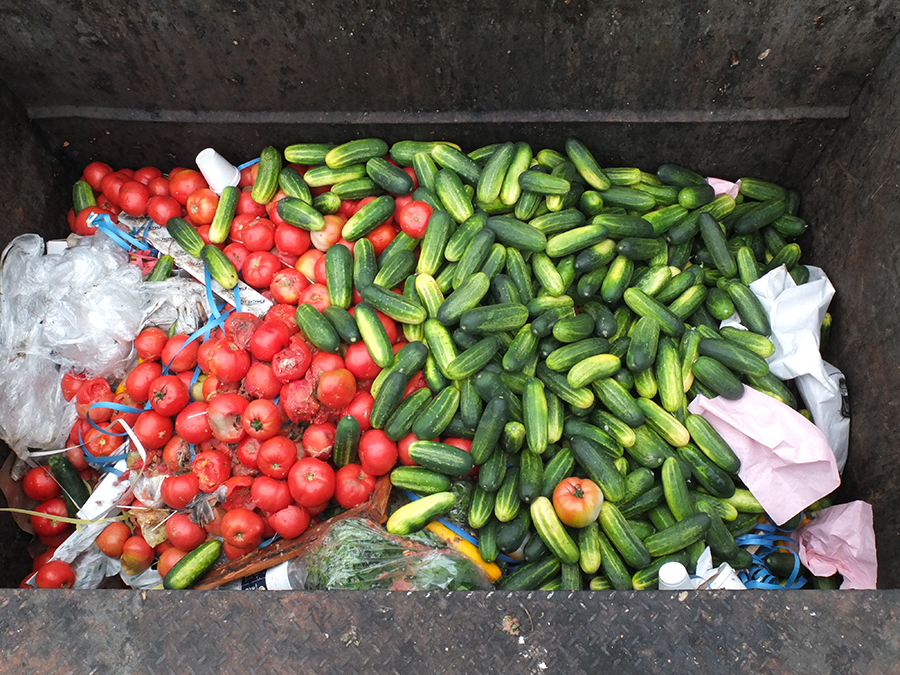You likely know food waste is a problem in America. But it can either feel vague and/or overwhelming without a deeper understanding of how big of a problem it is. That’s why we’re breaking down just how much food is wasted along with the impacts of the waste.
How much food is wasted in America?
According to ReFed, 38% of all food goes unsold or uneaten in America. But what does that look like?
That’s the equivalent of 149 billion meals each year, and it’s also much more when we consider the economic, environmental, and social impacts of that waste.
Measuring food waste
When food goes to waste, we can look at the amount of the food itself, as well as the resources that went into producing it.
The value of the food that goes to waste in the United States is valued at $473 billion, which is roughly 1.8% of the country’s Gross Domestic Product (GDP).
The environmental impact of food waste can be measured in two key ways:
- The greenhouse gas (methane) emissions that are released when organic materials are added to landfills.
- The water and fossil fuels used to grow, harvest, and transport the food that ultimately goes uneaten.
That 38% of food that goes to waste has the same climate footprint as the entire U.S. aviation industry. And it wastes 5.9 trillion gallons of water, which is equal to the annual water use of 50 million American homes.
Food waste and food insecurity
When food is wasted, it has a tremendous social impact as well. The USDA measures that over 10% of American households are food insecure as of 2021 and according to a 2022 USC Dornsife’s Public Exchange study, almost 1 in 4 Los Angeles County households experience food insecurity.
At the same time, when 38% of food goes to waste, it’s clear that food insecurity is not due to a lack of supply; rather it is due to the unequal distribution of an extremely valuable resource: healthy food.
Food waste solutions
As a massive amount of food is wasted every day, the issue of food waste in America is massive as well. That’s why Food Forward’s mission centers around tackling the dual problem of food insecurity and food waste. Our food recovery efforts target’s food loss by recovering surplus produce backyards, farmers markets, and the produce industry, to limit the fruits and vegetables that are sent to landfills and maximize donations to hunger relief organizations. Addressing food waste and food insecurity requires a multi-faceted approach that looks at food waste through the supply chain, from a commercial level to tackling the everyday waste that occurs in our own homes.

